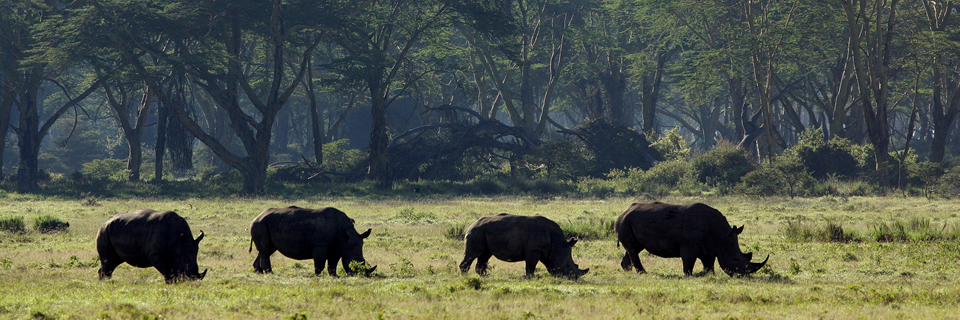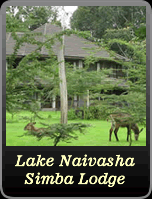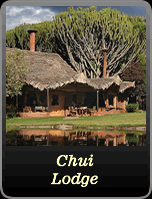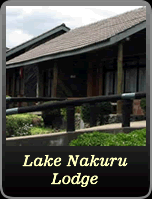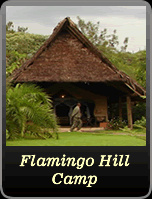When you think of East Africa, imagine warm sun on your back, skies stretching forever, birdsongs at sunrise, a campfire at night.... relax into an unhurried pace and contemplate the privilege of enjoying the varied attractions which include Africa’s wild creatures, the breathtaking topography and the hospitable people and their culture.
Lake Naivasha
East African safaris have never been more adventurous with Dakina Safaris. With a wide range of experience in tours and travel in the Eastern African countries of Kenya, Tanzania, Uganda and Rwanda. this vintage company opens up new fronts in tours with cultural and eco tourism safaris. This does not mean a deviation from the traditional tourist circuits but rather entails value added services combining with the wildlife and beach tours to give the traveler the best that the region has to offer.
Well known for and made famous by the Great Migration of the wildebeest, an annual event that takes place between July and August each year, Kenyas Maasai Mara Reserve which extends into northern Tanzania as Serengeti National Park, has been named one of the new Seventh Wonders of the World in a poll of experts conducted by ABC Televisions Good Morning America. Over a million wildebeest, hundreds of antelopes and zebras trek over a thousand kilometers from Northern Tanzania into Kenya in search of water and new grasslands. The herbivores are closely followed in their trek by predators (lions, cheetahs, jackals and hyena) who select the weak for a meal. This incredible annual migration from the Serengeti plains to the Mara has been described as being one of the most awe inspiring sights on earth.
We provide services in Kenya, Tanzania, Uganda and Rwanda with our head office in Nairobi - Kenya and partner offices in Arusha, Dar-e-salaam and Kampala.
Dakina Safaris, with its team of experts invites you to experience this unique destination - we specialize in making travelers safari dreams a reality.
Lake Nakuru
Lake Nakuru is a very shallow strongly alkaline lake 62 km2 in extent. It is set in a picturesque landscape of surrounding woodland and grassland next to Nakuru town. The landscape includes areas of marsh and grasslands alternating with rocky cliffs and outcrops, stretches of acacia woodland and rocky hillsides covered with a Euphorbia forest on the eastern perimeter.
The lake catchment is bounded by Menengai crater to the north, the Bahati hills to the north east, the lion hill ranges to the east, eburu crater to the south and the mau escarpment to the west. Three major rivers, the njoro, makalia and enderit drain into the lake, together with treated water from the towns sewage works and the outflow from several springs along the shore.
Lake Nakuru was first gazetted as a bird sanctuary in 1960 and upgraded to National Park status in 1968. A northern extension was added to the park in 1974 and the lake was designated as a Ramsar site in 1990. The foundation of the parks food chains is the cyanophyte spirulina platensis which can support huge numbers of lesser flamingo.
It’s located on central Kenya, 140km north-west of Nairobi, in Nakuru District of the Rift Valley Province. It covers an area of 188 km2.
The climate ranges from Cold, Hot and Humid, Hot and Dry. Annual rainfall is 965mm
The park has a tarmac road connection with Nairobi, a distance of 156 km north west of Nairobi on the main A104 road. The most commonly used route into the park is via the main gate, 4 km from Nakuru Town Centre. It is also possible to enter the park from the main Nairobi Nakuru road at Lanet Gate. The Nderit Gate is used by people accessing the park from Masai Mara or Elementaita.
